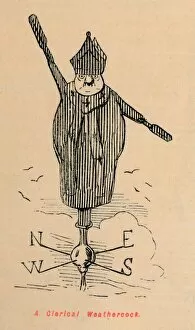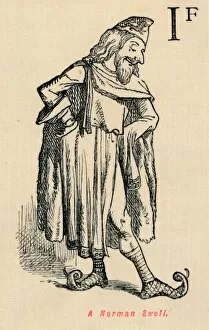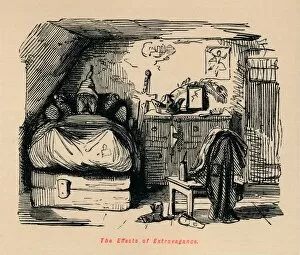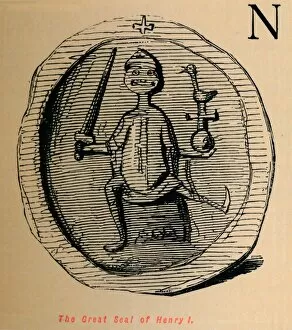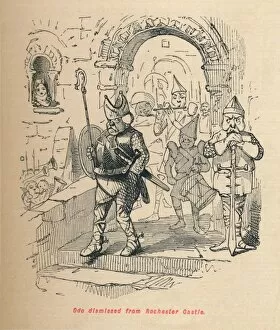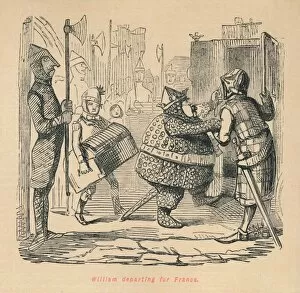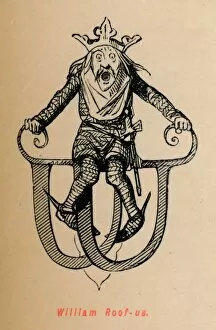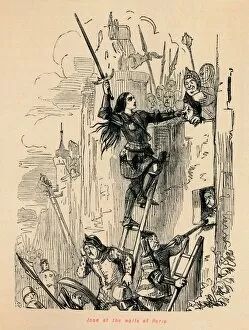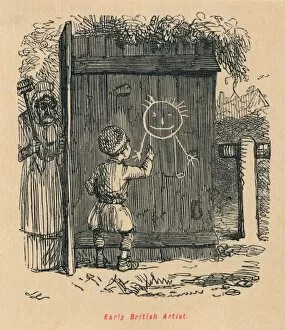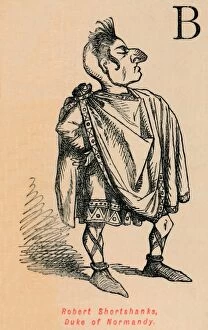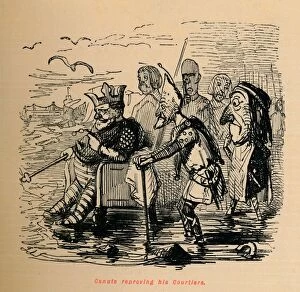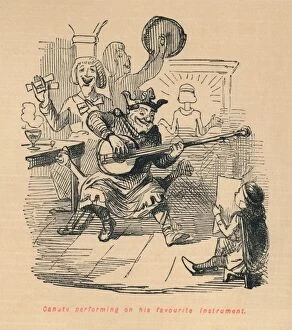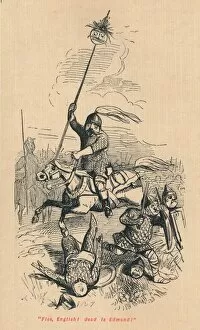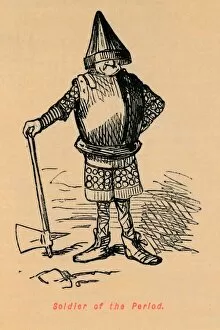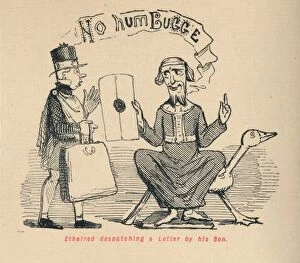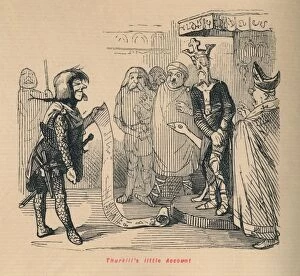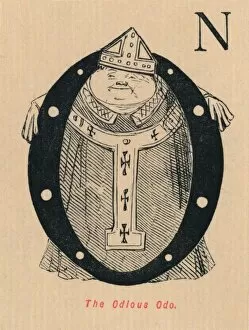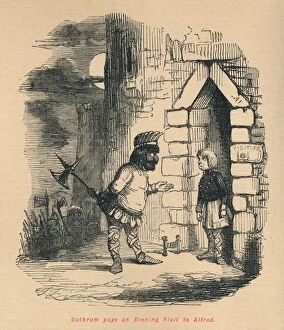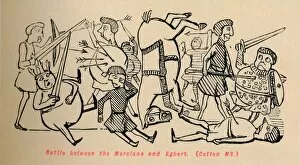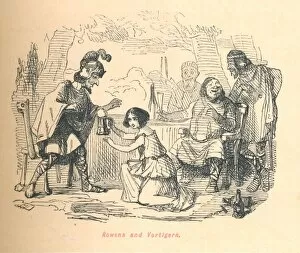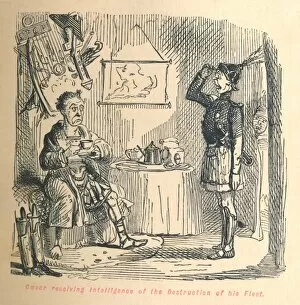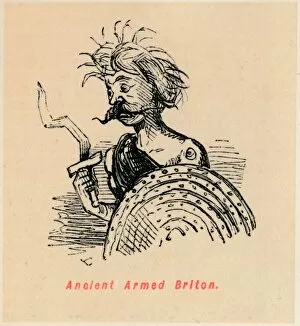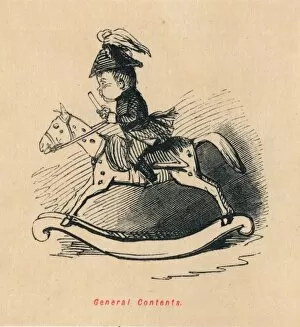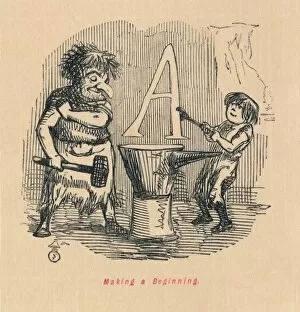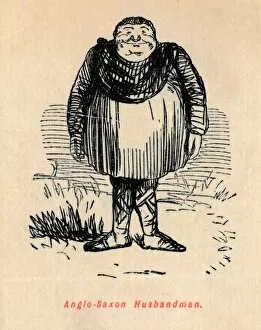John Leech Collection (page 9)
John Leech was a talented artist and illustrator known for his diverse range of works
For sale as Licensed Images
Choose your image, Select your licence and Download the media
John Leech was a talented artist and illustrator known for his diverse range of works. In 1855, he captured the grandeur of the Crystal Palace in Punch Dinosaurs, showcasing his attention to detail and skillful rendering. Another notable piece is his scene from A Christmas Carol by Charles Dickens in 1843, where Leech's artistry brings the story to life with its emotional depth. In The Great Lozenge-Maker: A Hint to Paterfamilias (1858), Leech showcases his satirical side, poking fun at societal norms. His Field of Battle near Barnet (in a fog) transports viewers to an intense moment in history, capturing the chaos and uncertainty of war. Collaborating with Hablot Knight Browne, Leech created powerful illustrations like Rot the beggar exclaims Romford (1865) and Captain Spurrier cut down by Romford (1865). These artworks depict dramatic scenes that evoke strong emotions. Leech's versatility shines through in Discovery of Guido Fawkes by Suffolk and Mounteagle (1850), as well as Take away that Bauble: Cromwell dissolving the long Parliament (1850). Both pieces demonstrate his ability to capture historical events with accuracy while infusing them with artistic flair. Beyond these historical moments, it also explored everyday life. The Wedding Party At Mrs. Byers s portrays joyous celebrations filled with love and happiness. Meanwhile, The Preparatory School for Young Ladies offers a glimpse into education during Victorian times. Leech's cartoons were not limited to narrative or history; he also delved into social issues such as natural history enthusiasm and food adulteration. His Cartoon illustrating the Victorian enthusiasm for natural history captures society's fascination with science during this era. Additionally, Cartoon titled Poisoning by Food Adulteration sheds light on a pressing concern regarding public health at that time.

